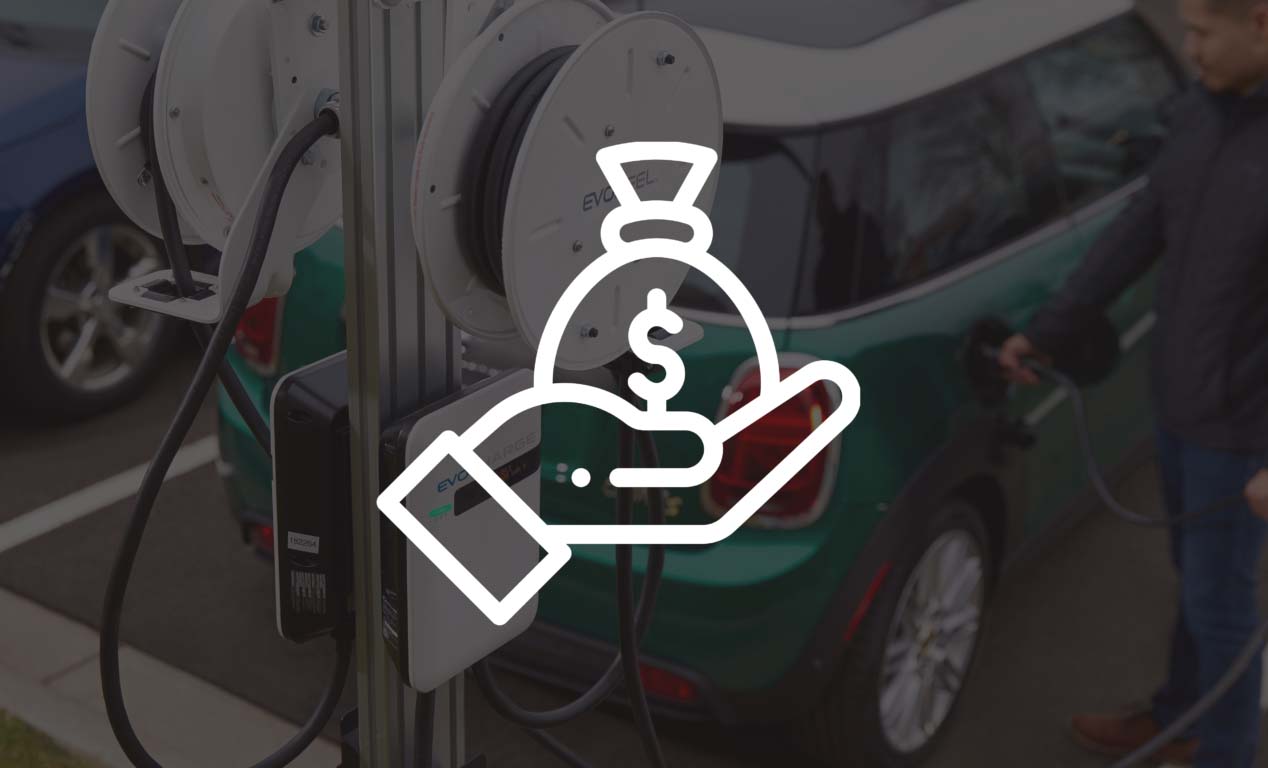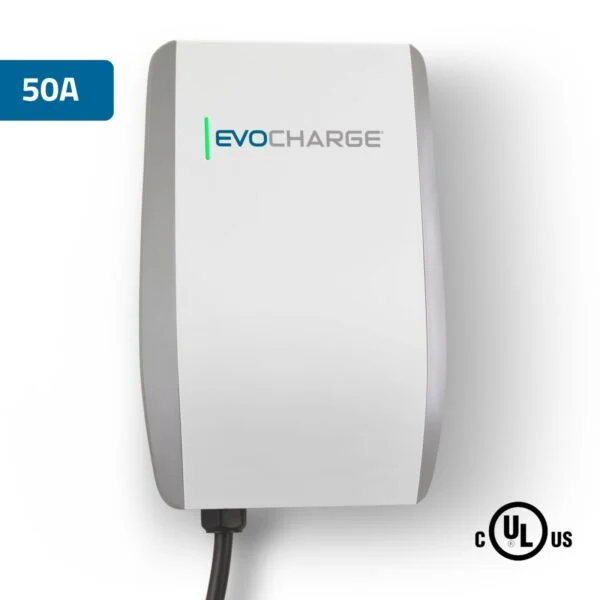The best way to save money with an electric vehicle (EV) while helping build a sustainable future for a society that wants to become less reliant on fossil fuels is to maximize your opportunities driving an EV. This means having regular access to reliable charging solutions so that your EV is dependable for road adventures — whether you are running local errands or taking a road trip.
While most EV drivers need to rely on a combination of home charging, and powering up while at work or on the go, the most effective solution is having reliable home charging. Some job sites, malls, local government buildings and other places have EV charging stations, but not all of them provide EV charging as a complimentary amenity. Some businesses charge hourly rates which may not seem like a bargain. To keep your EV powered, and not rely on paying for charging when out in public, the economics of having an EV charging station at home suggest it’s necessary to charge at home as much as possible to provide savings and convenience. Not only is having a charger key, but having a safe, reliable station will also pay dividends in helping decrease your reliance on alternative solutions that will cost you time and money.
The Economics of EV Charging Stations Points Toward Home Use
Beyond the cost of purchasing an EV and its upkeep—although it will be less than the cost of gasoline and the upkeep needed for internal combustion engines—your primary EV investment will come from charging. EV purchases come with Level 1 chargers for home use. They are not fast enough in charging to meet the needs of many drivers who what or need shorter charging times. This creates a reliance on charging while on the go. Much like gasoline from a fuel pump, the cost of public charging solutions can vary based on location and some businesses tend to tack on an extra charge if there aren’t many local alternatives to using their service.
Enter faster, more efficient Level 2 aftermarket chargers. The cost of an EVSE (Electric Vehicle Supply Equipment) and its installation for home use varies based on whether you need help from a certified electrician, local rates charged for their services, materials used, and other factors. But in some instances, beyond the purchase of equipment, it’s relatively inexpensive to add Level 2 home charging. For example, if you plan to install your EVSE in your garage, and you already have a 240V plug available, you can add an EvoCharge Level 2 aftermarket charging station that most likely won’t require help from an electrician. And your local utility provider may have incentives available, potentially offering more savings.
What’s the Best Charging Solution for Home Use?
The economics of home EV charging stations suggest Level 2 aftermarket chargers, such as the EvoCharge Home 50 which provide home charging up to 8x faster than Level 1 chargers, is the best way to maximize your investment and get value.
With fast, reliable Level 2 home charging available from home, you gain peace of mind. Enjoy the freedom and savings of leaving your home with a full charge each day. While home chargers may not meet all your needs, and sometimes it’s inescapable having to charge in public, that full charge when you leave your home will make you less reliant on public options which may not seem like such a bargain.
Home Charging Solutions
The economics of EV home charging stations conclude with an affirmation: An investment in an aftermarket home charging station will go a long way in not just providing you with convenient charging, but it will also decrease your dependence on outside factors, including public charging, which will provide savings over time.
At EvoCharge, we are dedicated to providing reliable, cost-efficient Level 2 charging solutions. We offer EVSE hardware with multiple options to fit your needs and desires. Our chargers also have UL/cUL and NEMA 4 ratings, meaning they work in temperatures ranging from -22℉ to 122℉ (-30℃ to 50℃). With that kind of protection, there’s no need to have a climate-controlled garage. Or, in many instances and locales, you can even have your charger set up outdoors safely.

